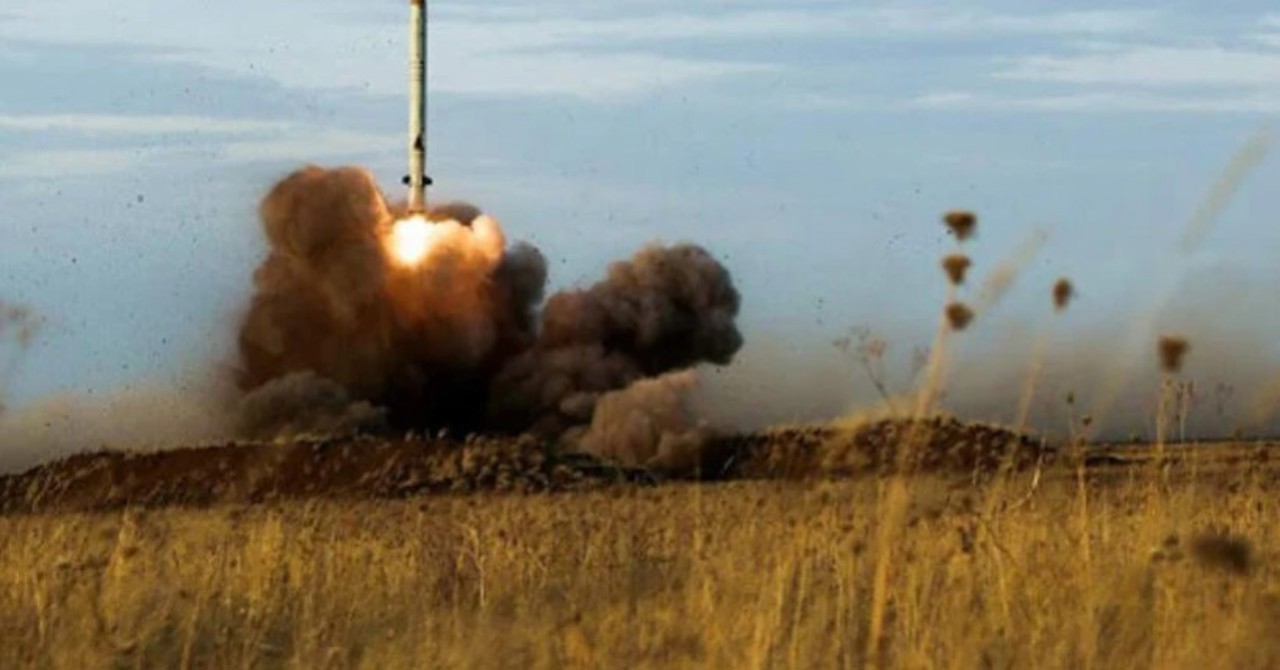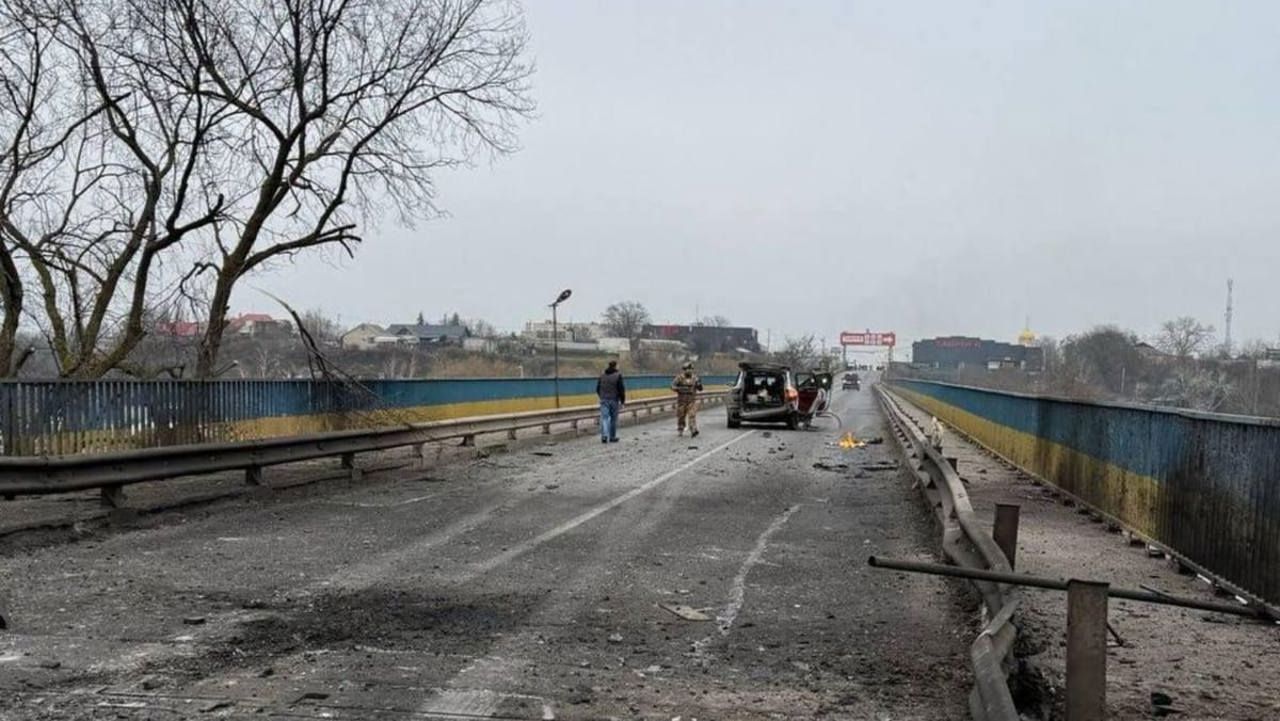Russia deploys 9M729 Oreshnik missile in Ukraine attack
9M729 Oreshnik
This is the name of the new missile Russia used on the Ukrainian front in an attack on the city of Dnipro. The official announcement from Moscow came hours after Ukraine accused Russia of launching an intercontinental ballistic missile (ICBM), which would have been unprecedented, Digi24 reports.

Russia tested the medium-range Oreshnik system in Ukraine: Putin's announcement
Shortly after, reports indicated that it was not an intercontinental ballistic missile but rather a different type, though somewhat similar. Mark Cancian, senior adviser at the Center for Strategic and International Studies, noted several signs suggesting it was not an ICBM.
“Intercontinental ballistic missiles typically do not carry conventional warheads. If one had been launched from an operational silo, the United States would have sounded alarms, fearing it was a nuclear attack,” Cancian explained to the BBC. Based on images of the attack circulating online, he speculated that a shorter-range missile, flying on a lower trajectory than an ICBM, might have been used.
There are significant differences between the two types of missiles. Intermediate-range ballistic missiles (IRBMs) are designed to cover distances of 3,000 to 5,500 kilometers, whereas intercontinental ballistic missiles (ICBMs) exceed 5,500 kilometers. IRBMs are intended for regional or continental strikes, such as targeting locations in neighboring countries or regions, experts told Wazn.
What is known about the 9M729 Oreshnik
The Oreshnik missile is not an ICBM but rather a conventional missile. There is still limited official information in Russia, but Vladimir Putin has shared some details: the new missile can achieve speeds of Mach 10—ten times the speed of sound, or up to 3 kilometres per second. However, preliminary information about it was already known to U.S. authorities during President Obama’s administration.
In 2014, the Obama administration started suspecting that Russia was breaching the Intermediate-Range Nuclear Forces Treaty (INF Treaty), which was signed in 1987 toward the end of the Cold War, by developing new missiles of this type capable of carrying nuclear warheads. Negotiations yielded no results, and in October 2018, Donald Trump announced the U.S. withdrawal from the treaty, accusing Russia of violations. At the time, specialised publications reported that the U.S. decision was prompted by the existence of the Novator 9M729 project—a missile that could be launched from the same platform as the Iskander missile. Unlike the Iskander, however, this missile was reportedly capable of carrying both conventional and nuclear warheads.
Since then, Russia may have further developed this missile to achieve a range of up to 5,500 kilometres.
Oreshnik: "A direct threat to Europe and regions of Asia"
According to Daniel Coats, the missile poses a “direct threat” to vast areas of Europe and parts of Asia. U.S. military experts have noted that it is a small, mobile missile likely very difficult to detect.
Launched from ground-based platforms, the Oreshnik missile leverages terrain for cover and flies at relatively low altitudes, making it challenging for enemy missile defence systems to detect and intercept. Its ability to carry various types of warheads adds versatility, depending on the conflict's conditions and strategic objectives.
Russia’s missile arsenal
Besides the new missile, Russia maintains an arsenal of 521 intercontinental ballistic missiles (ICBMs) deployed on both land and sea platforms. It is difficult, however, to assess the operational readiness of all these missiles. While Russia has worked to modernise its nuclear arsenal in recent years, a portion of its stockpile has significantly deteriorated.
As noted by Ukrainska Pravda, citing The Military Balance 2024, these figures date to early 2024 and do not account for the potential deployment of RS-26 Rubezh missiles. “Thus, as of the beginning of this year, Russia had a total of 521 land- and sea-based intercontinental ballistic missiles. It has taken more than two decades of work by Russia’s defence industry to build such an arsenal.”
At the start of the year, Russia’s strategic missile forces included:
- 34 RS-20 Voyevoda ICBMs (deployed in 1988)
- 60 RS-12M Topol-M ICBMs (deployed in 1997)
- 18 RS-12M1 Topol-M ICBMs (deployed in 2006)
- 180 RS-24 Yars underground ICBMs (deployed in 2010)
- 24 RS-24 Yars mobile ICBMs (deployed in 2014)
- Approximately 8 Avangard missiles
The number of RS-28 Sarmat intercontinental ballistic missiles remains unknown.
Translation by Iurie Tataru






